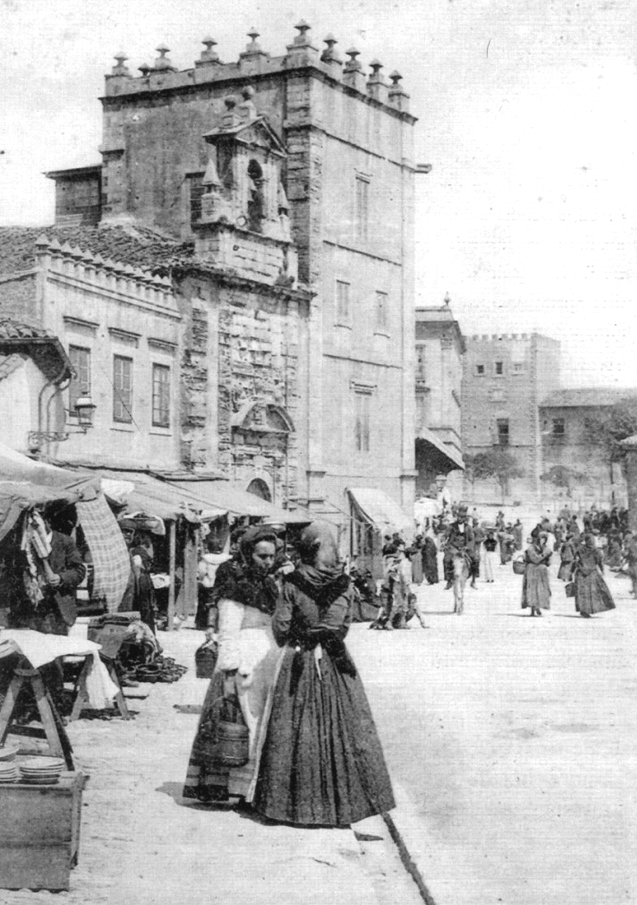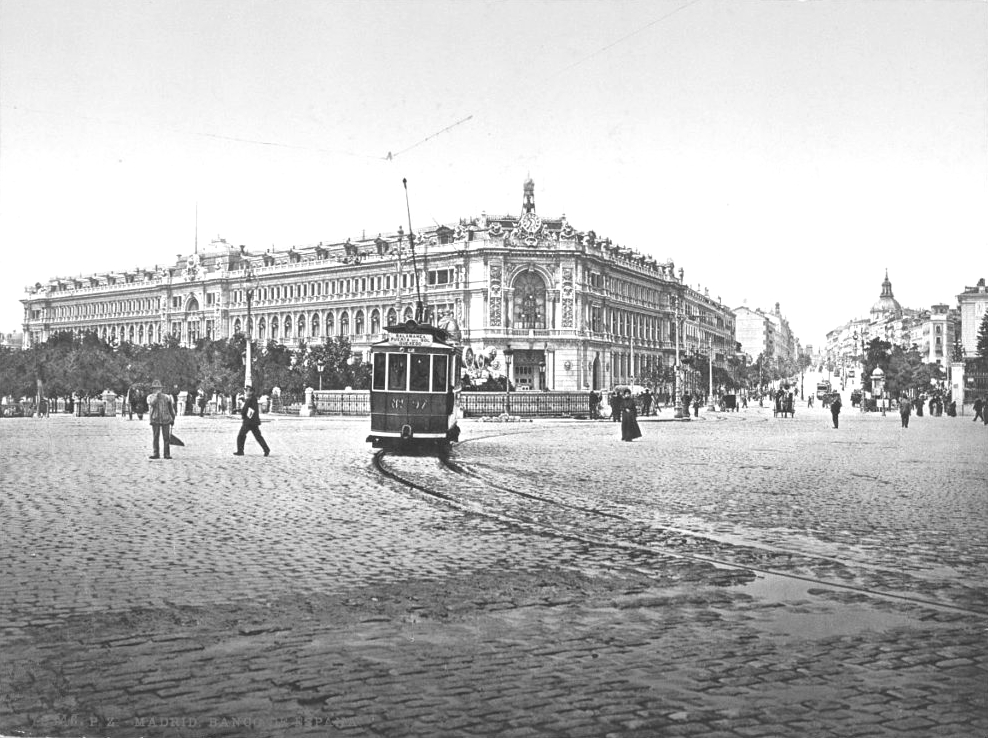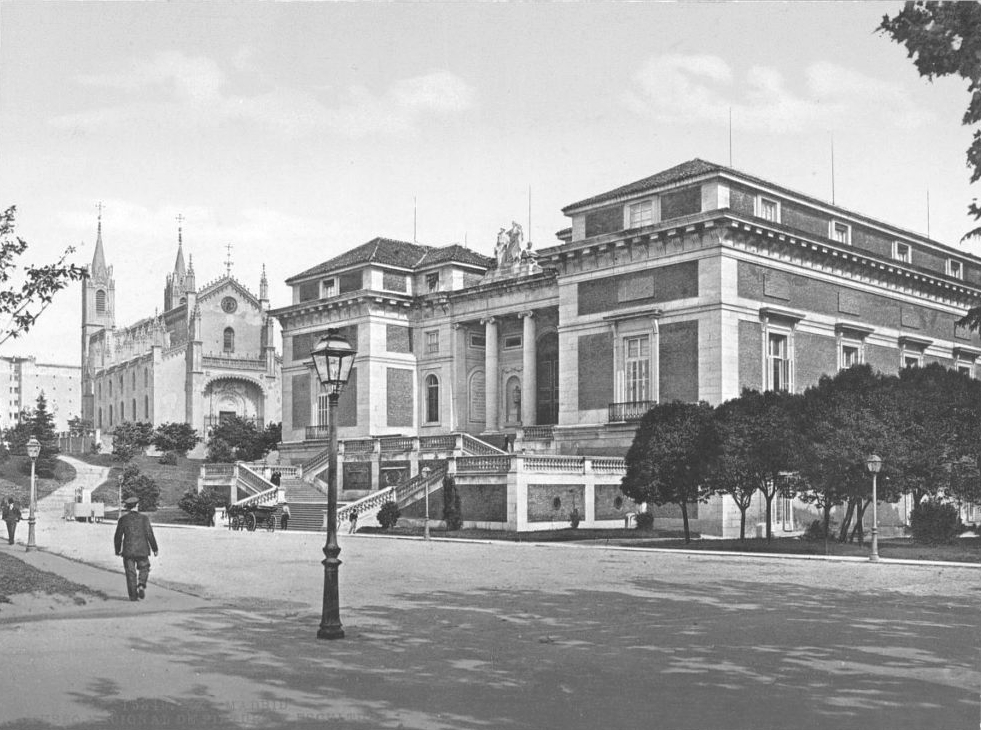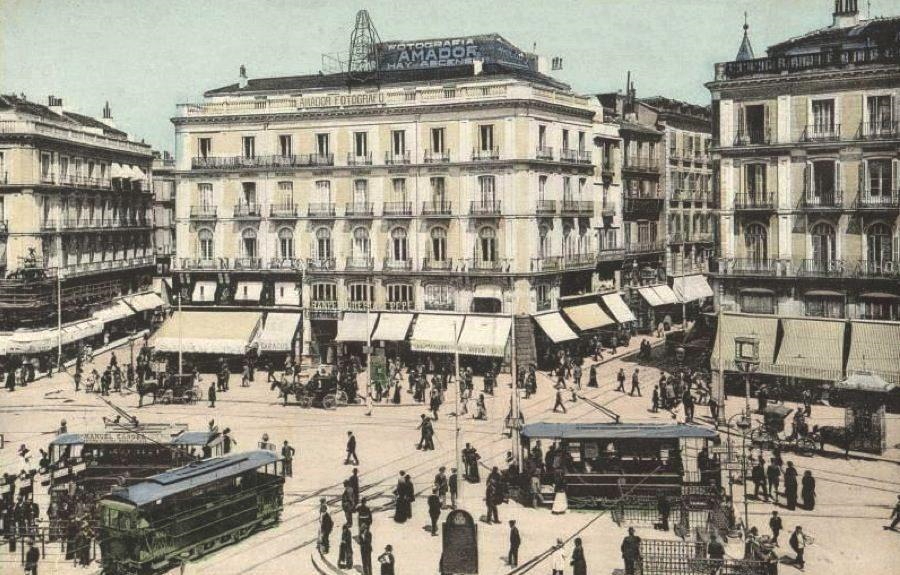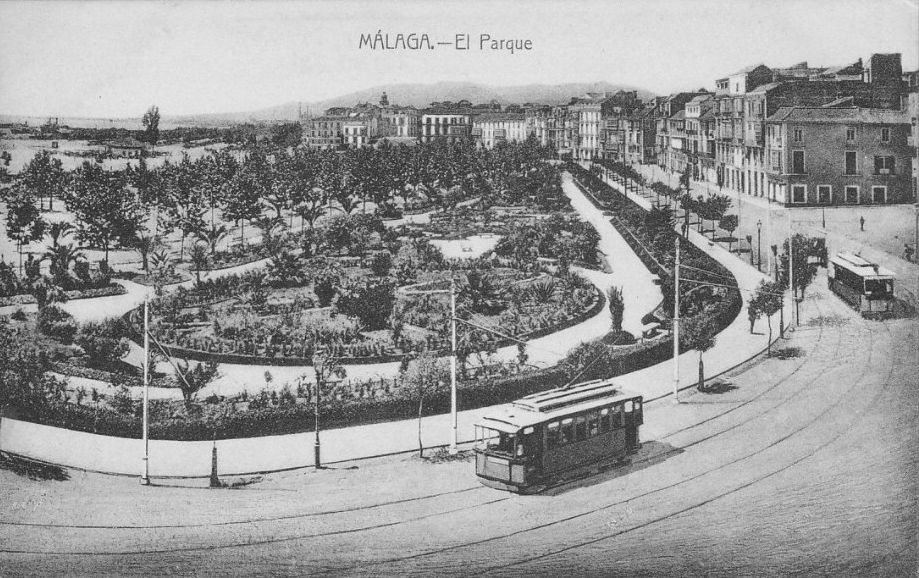12. GLORY

THE LAST DAYS OF THE GILDED AGE
SPAIN

THE LAST DAYS OF THE GILDED AGE
SPAIN
 Carlist versus Liberals
Carlist versus Liberals
 Spain ... around the year 1900
Spain ... around the year 1900
The textual material on page below is drawn directly from my work
A Moral History of Western Society © 2024, Volume Two, pages 55-57.
CARLISTS VERSUS LIBERALS |
| In
many ways Spain was the mirror of Italy ... complete with the same
problems of a weakly developed industrial infrastructure, vast poverty
and illiteracy, and a less than illustrious national leadership. A major complicating factor in the life of Spain was not however – as was the case in Italy – a feeble sense of national identity. A strong sense of Spanish national honor had been securely established centuries earlier. But in 1833 a problem would develop that would divide that national sense of identity into two warring camps ... a division that would tear at Spanish society for the next century and a half ... and bloody the nation more than once ... though particularly in the 1930s during the time of the murderous Spanish civil war. The problem began simply over a dispute within the ruling Bourbon royal family when a dying Ferdinand VII found himself with no male heir ... despite three previous marriages ... and now his fourth marriage to a niece, Maria Cristina de Borbon. She quickly delivered him two daughters, Isabela and Luisa ... but as yet no son. In any case in 1830, Ferdinand made the national assembly or Cortes promise (the "Pragmatic Sanction") to designate his heir through his marriage with Isabela , whether male or female (the latter a forbidden principle under the older Salian law), as the new reigning monarch should he die. And this was to happen three years later as a result of a coach accident. However Ferdinand's younger brother Don Carlos, put forward his own claim to the throne ... against Maria Cristina – acting as Regent for her daugther and presumed Spanish heir, Isabella. However, supporting Isabella and her regent mother were the Cortes, much of the army, and most of the Spanish middle class. ON the other hand, supporting Don Carlos (and thus the "Carlists") were the Catholic Church and the landed nobility. A very nasty 7-year First Carlist civil war followed, which divided bitterly the nation into very conservative (Carlist) and militantly Liberal camps. A brief period of peace (exhaustion) 1840-1846 was followed by yet another Second Carlist War (1846-1849). |

Museo Nacional del Prado Galeria
|
Ultimately the Liberals supporting Isabella and her mother Maria Cristina won out politically. But the war left the
country divided culturally as the ultra-Catholic Carlists would
henceforth set their hearts on a highly romanticized dream of reviving
the glories of a feudal Catholic Spain that existed three centuries
earlier ... whereas the Liberals would be as intensely dedicated to
moving Spain away from its deep conservatism and into the modern
industrial progressivism sweeping the cultures of northern
Europe. This division ultimately would cripple Spain as a
functioning society across many Spanish generations ... even up into
the 1970s. As it turned out, Isabella grew up to become a scandalous pursuer of sexual affairs and a ruler who seemed unable or unwilling to bring under control Spain’s rampant political corruption (similar to the way Italy was given over to boss-controlled politics) ... until in 1868 a major Spanish uprising finally drove her into exile. Then despite the drafting of a new liberal constitution, political confusion followed when the search for someone to accept the Spanish throne yielded only many refusals. Finally Amadeo, younger brother of Victor Emmanuel of Italy, accepted ... but then abandoned the throne two years later, unhappy with his chilly reception by the Spanish. Then a republic was attempted ... which also was abandoned after two years. By this time (1874), Alfonso, son of Isabella (who was actually the father?) was of age and took the throne as Alfonso XII. Things then settled down as Alfonso came under a rather liberal constitution, bringing Spain in line with the constitutional monarchies prevalent in the rest of Europe. Still, the problem of political bosses and the deep bitterness between the Liberals and the Carlists continued to plague Spanish politics. Then only 27 at the time, Alfonso died in 1885 (a combination of tuberculosis and dysentery ... possibly contracted due to his many visits to his people suffering from cholera, earthquake and other troubles), leaving behind a pregnant wife, Maria Christina. She would serve as Spanish regent until their son (the future Alfonso XIII) born to her the following year reached his majority in 1902. |

Queen Isabella II of Spain (1833-1868) - by Jean Laurent, ca. 1860
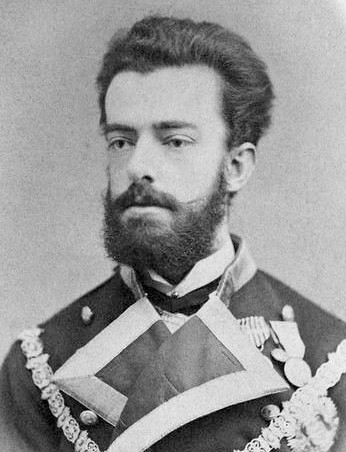
Amadeo I - King of Spain (1870-1873)
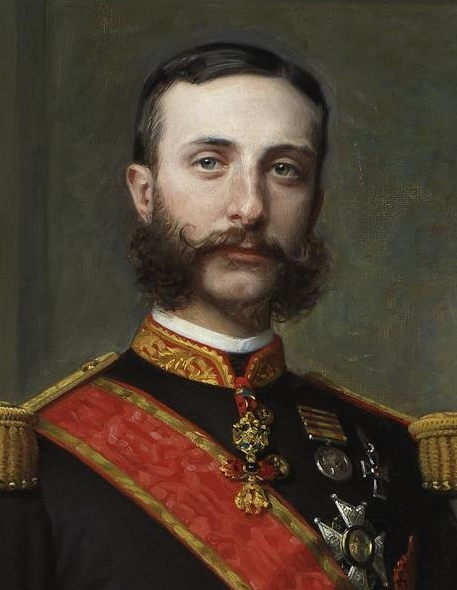
Alfonso XII - King of Spain (1874-1885) ... who died when only 27
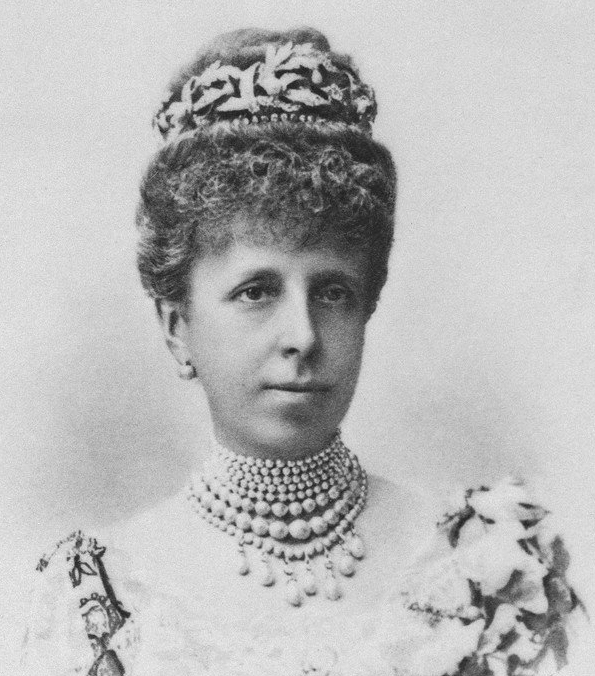
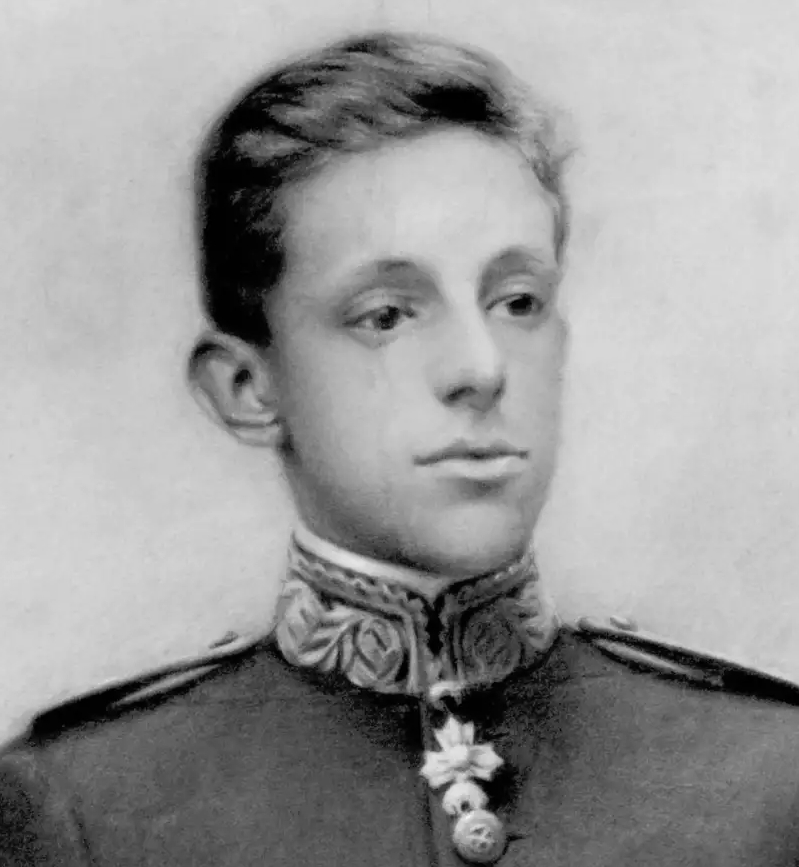
A young Alfonso XII - King of Spain
("king" legally from his birth in 1886 ... but actually only from 1902 to 1931)

A POST-IMPERIAL SPAIN |
| It was during Maria Cristina's Regency that
Spain lost the last of its major overseas colonies (Cuba, Puerto Rico
and the Philippines) in a three-month war with America (1898) ... a war that the
Spanish really did not support with any enthusiasm. Indeed, many
of the Spanish were glad to be rid of the expensive burden of the
colonies ... for they had not brought Spain anything but an ever-larger
debt. The hope was even that with the colonies gone, the Spanish
economy could finally begin to take off. In fact, the coming of Alfonso XIII to the throne in 1902 marked the beginning of a gradual improvement in the Spanish economy. To be sure the movement was slow ... but perceptible. Yet Spain remained one of the poorest countries in Europe ... and a country so conflicted internally (Liberals versus Carlists) that it was unable to involve itself diplomatically or militarily in the tensions growing among the other major European powers. It was just as well. By staying outside of the conflict that was destined to become the Great War (World War One) Spain did itself a great favor.
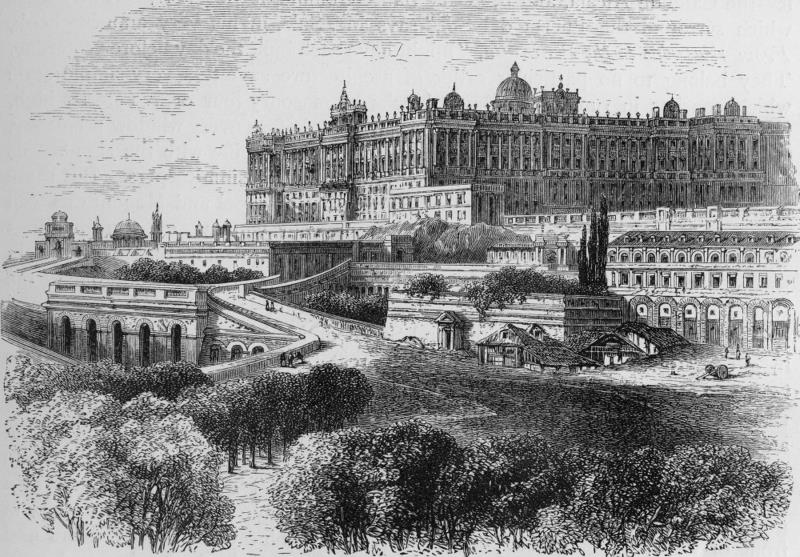 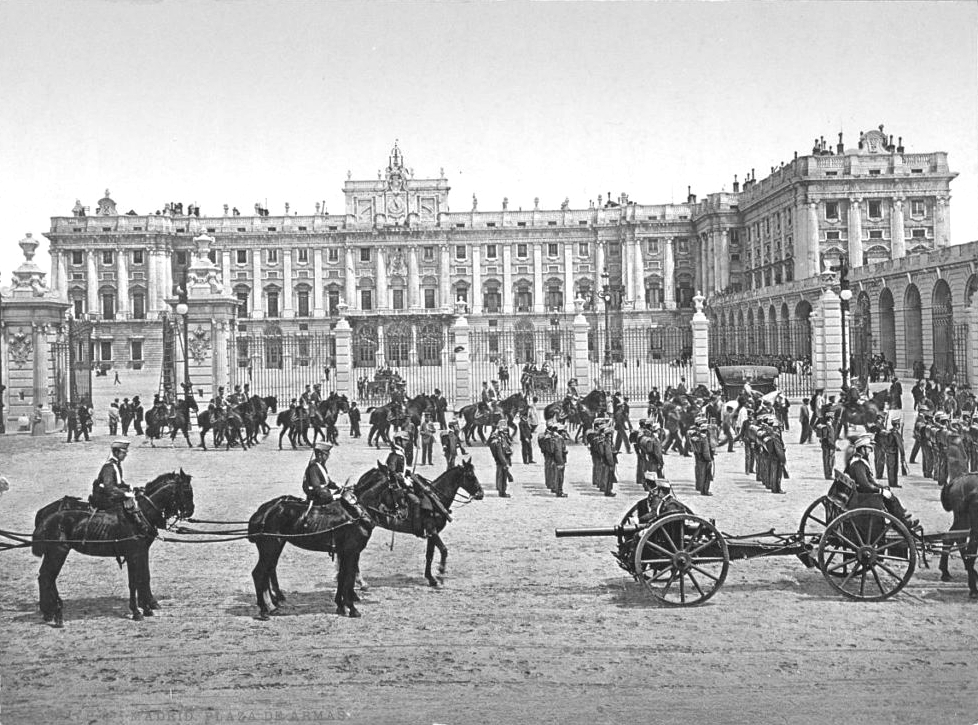  Madrid - Museo Nacional de Pintura y Escultura 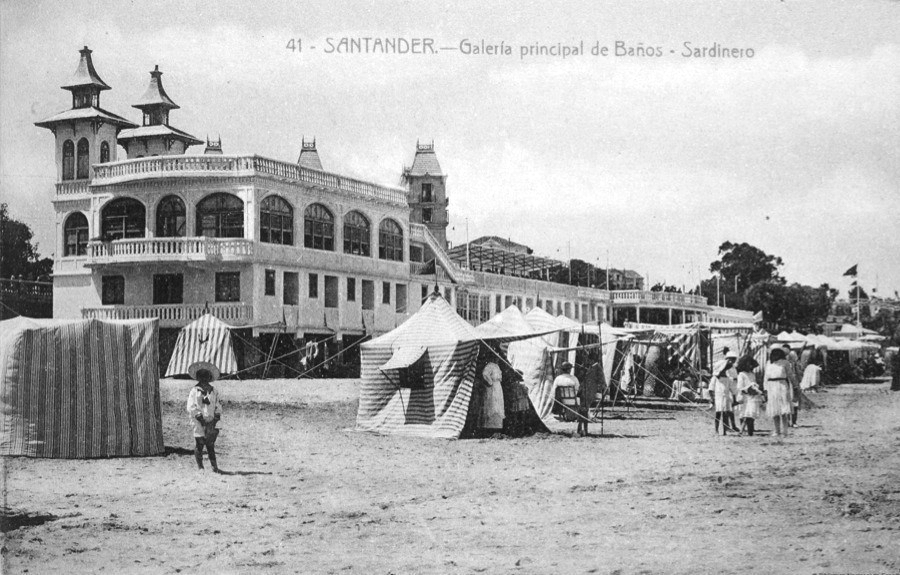 The beach at Santander (Northern Spain) 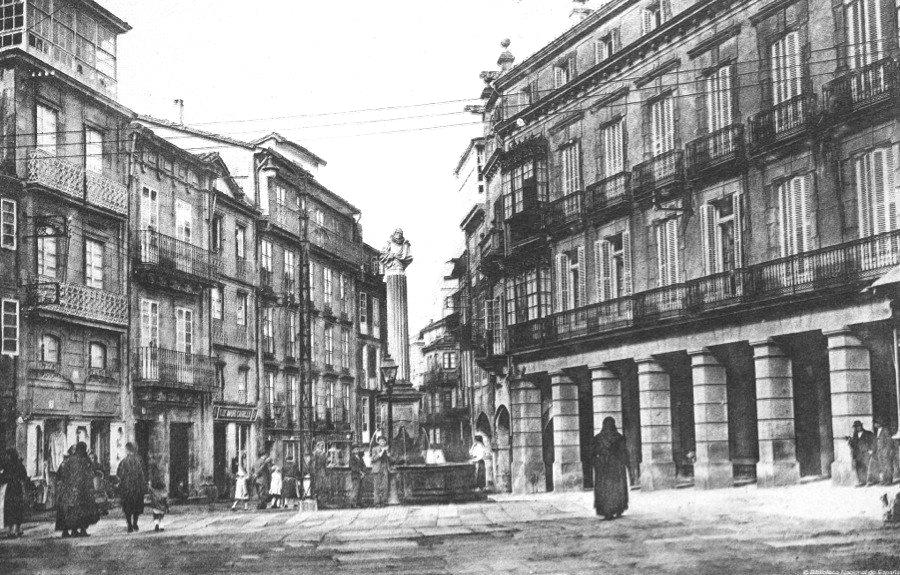 The Plaza de Cervantes - Santiago de Campostela (Northwestern Spain) 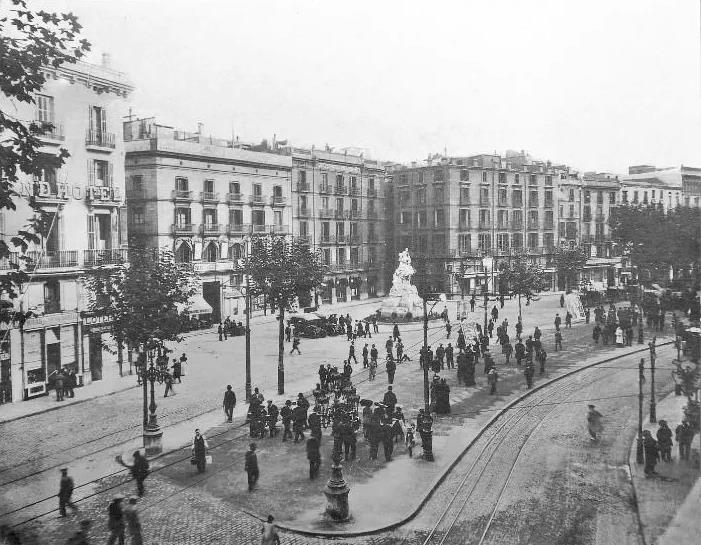 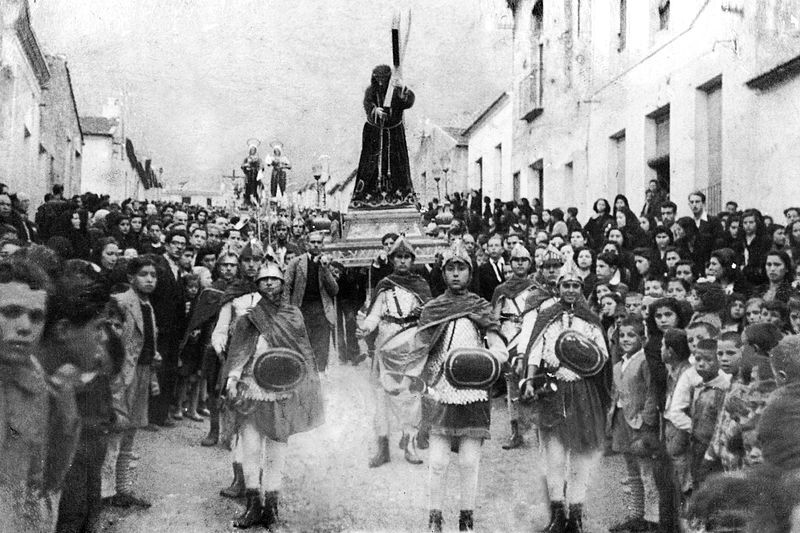 Holy Week procession in Callosas de Segura (Alicante Province in Eastern Spain)  Go on to the next section: Russia
 |


